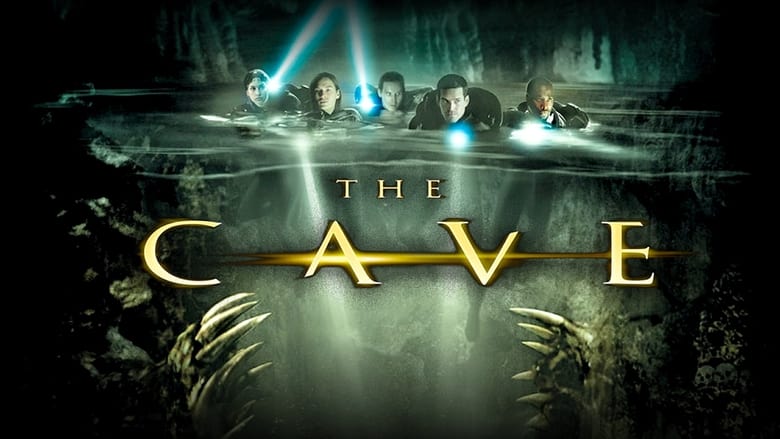For more than seven decades now Ayn Rand’s work has served as a pseudo-intellectual cover for unbridled selfishness and market-worship. Particularly in the last five years Rand, who died in 1982, has seen a heightened interest in her apocalyptic writings. To some,they are eerily reflected in the world we live in now of bailouts, bigger government, and global malaise. This alarmed reaction was enough to prompt the release of her most famous work, Atlas Shrugged, into a three part movie starting with the first in 2011.
Of course, scathing reviews and the indifference of the market it so lovingly touts did nothing to deter the production of two sequels. Whether because of budget constraints or ever shuffling directors and casts, this final installment is actually the worst of the lot. Atlas Shrugged: Part III manages somehow to be both philosophically repulsive and deadly dull. It’s like being stuck in a room for two exasperating hours with one of those blowhard investors who thinks the income tax is some dangerous tyranny. When it’s over you don’t just walk out drained and bored, you shake it off.
If you were lucky enough to miss the first two movies (which places you squarely in the vast majority), here’s a quick recap that this self-important finale barely bothers to provide. Atlas Shrugged finds America a few years into the future and if it’s not the worst of times, it’s perilously close. The federal government has spun completely out of control, gobbling up more and more of the private sector with idiotic regulations and taxes.
The economy is depressed, food shortages are common, and a gallon of gas goes for an impossible forty dollars. Virtually anything that the president and his army of bureaucrats decree becomes law with no dissent allowed. Fairness is the ethos–and it’s achieved by thuggish brute force (the most horrifying sign of the end times: the banners no longer read “The United States, instead it’s the egalitarian-minded “The United Peoples”).
One man-the renegade John Galt-refuses to march with the sheep so he drops out of society as a protest and snatches the best and the brightest minds, taking them to a laissez-faire promised land. The first two pics made him into a shadowy enigma with people mindlessly asking, “Who is John Galt?” (the line was supposed to have a stark power but never sounded anything other than incredibly dumb). Directed by J. James Manera Atlas Shrugged: Part III reveals all the answers and then some.
At the end of the last movie Galt (played by Kristoffer Polaha) saved Dagny Taggart, the story’s heroine, when her plane crashed. In this final chapter he shows her what men (mostly white men, actually) can do without government interference. When she returns to the world after a month’s stay at his secret libertarian colony, she finds that her spineless brother has nationalized their company. She truly is one of the only principled people left (everyone else in the business world has compromised themselves to the crony big-government machine). The authorities want John Galt’s head after they figure out he won’t cut a deal and they know the path to Dagny also leads to him. It’s a fight for survival and the very ideals of self-reliance and freedom.
Ayn Rand’s massive novel was so bulky and indigestible that there was no feasible way to make it one picture and it had to be cut down into three parts. Rand, as pretentious and didactic a writer as there ever was, penned no sly allegory. Everything about the story is blatantly obvious. The people in it are archetypes, not flesh and blood characters.
The virtuous among them-the strong-willed job creators and great thinkers who won’t compromise-are somehow able to move their necks under the weight of their halos. The villains-pretty much everyone else, but especially government men and corrupt business folk-are presented sneeringly and overtly as the lowest of the contemptuous low. It doesn’t play as satire though: it’s grotesque caricature about as sophisticated as a wartime portrayal of the enemy.
In the preceding two chapters the screenwriters were able to adapt her endless tirades into dialogues where characters don’t interact in any spontaneous way, they spout off simultaneously occurring speechifying monologues. Even a pontificating energy like that was beyond the grasp of the filmmakers here. Characters speak. And speak. Then they speak some more. In the case of John Galt, he gives a long speech near the end that should by all rights give the movie some galvanizing, rousing force. The words pack plenty of over-explanation but lack any power. Atlas Shrugged moves too much of the story along verbally. And those conversations are all deader than dead.
It’s no secret that Rand, who was a staunch atheist, made these nearly cult-like works into a secular theology. This comes into focus with the arrival in John Galt’s prosperous paradise, hidden away from the tainted outside world. What Part III also makes startlingly explicit is how much Rand’s philosophy is a rejection of Biblical teachings (the idea of a man being crucified to save the world is totally alien to everything she advocated). The lesson here is that man should live for himself and himself only, and expect others to similarly pursue their own interests. No cause is greater. That’s what Galt imparts to Dagny. It’s so essential to how he lives that he has the words inscribed in stone.
The very notion of living for the good of your fellow man, which many would take as a given to be one of the highest virtues, is routinely dismissed out of hand. Sympathy should be reserved, we’re repeatedly lectured, for the industrious few who make the world a better place with their ideas and are rewarded with ever higher tax burdens and public ingratitude. The cold, callous subtext is that anyone who doesn’t achieve great success in life is mediocre and undeserving.
An outlook this harsh and unkind should at least make for a more fascinating film and the finale is where it should reach a riveting climax. Instead it’s a pulseless dud of a thriller. Manera, just like the men who sat in that director’s chair before him, has no idea what he’s doing. He has no clue how to direct actors (most have at best a bland solemnity or pompousness) or what to do with the camera. The pacing isn’t off, it’s excruciatingly non-existent. The sex scene between Galt and Dagny is laughably awful and lame (all he can think to do for that hilarious disaster is show bra, torso, and then multiple cuts). The few outbursts of action have absolutely no heat. The bleak, grayed-out visuals are again a drag to look at.
Few things could actually salvage out filmmaking this turgid and wooden. It doesn’t help at all that the cast has been entirely swapped out from last time (Laura Regan is the third actress to play Dagny and I had to search the credits to know an unrecognizable Rob Morrow was the third incarnation of Hank Rearden). This gives the movie a strange discontinuity and lack of any rooting character interest (they’re not just different actors stepping into these parts–they’re different personality types). Not even charged cameos from conservative-libertarian icons like Glenn Beck or Ron Paul can make much of a dent. Atlas Shrugged: Part III’s dour sermonizing will win no converts and even the choir will find its eyelids getting heavy. The free market isn’t an infallible judge. But the next time it rejects a project this overwhelmingly filmmakers really ought to listen.




